In one week’s time I will be paddling flat water for 24 hours in order to raise money for Mind. When my friend James Ibbotson asked me to be part of this charity challenge at Christmas, I had very little flat water experience. The hour back up the Llangollen canal when paddling the river Dee is usually enough to remind me why I paddle whitewater and not flat water! So after saying yes to the challenge, I decided I quickly needed to establish a training plan to make sure I was prepared.
With offers of help from an overwhelming number of people, friends and strangers alike, I came up with a training plan. For the last 3 months I have tried my hardest to stick to that plan. In this article I want to outline everything I have done to go from being someone with minimal flat water experience to (hopefully) being able to paddle it for 24 hours next weekend!

Aims of the training plan
There were two main aims that I want to achieve through training. The first was to be able to keep paddling for 24 hours. The second is to do that without hurting myself. I then identified three things that I needed to focus on in order to achieve those aims:
- Build up my hands. If you have shaken hands with a more seasoned paddler, you may have noticed the distant roughness than their hands provide. This is because their hands will undoubtedly be covered with hard earned callouses. I still had the hands of a novice paddler, soft, smooth and prone to blisters. I needed to toughen them up as a priority.
- Improve my technique. Like many whitewater paddlers who took up the sport as an adult, my forward paddling technique has a lot of room for improvement. Having better technique would increase my paddling efficiency and therefore reduce the energy I needed to put in.
- Increase my paddle fitness and endurance. I have never paddled for this length of time or covered these kinds of distances before. My body wasn’t used to it and I needed to build up my time on the water and my general paddling fitness.
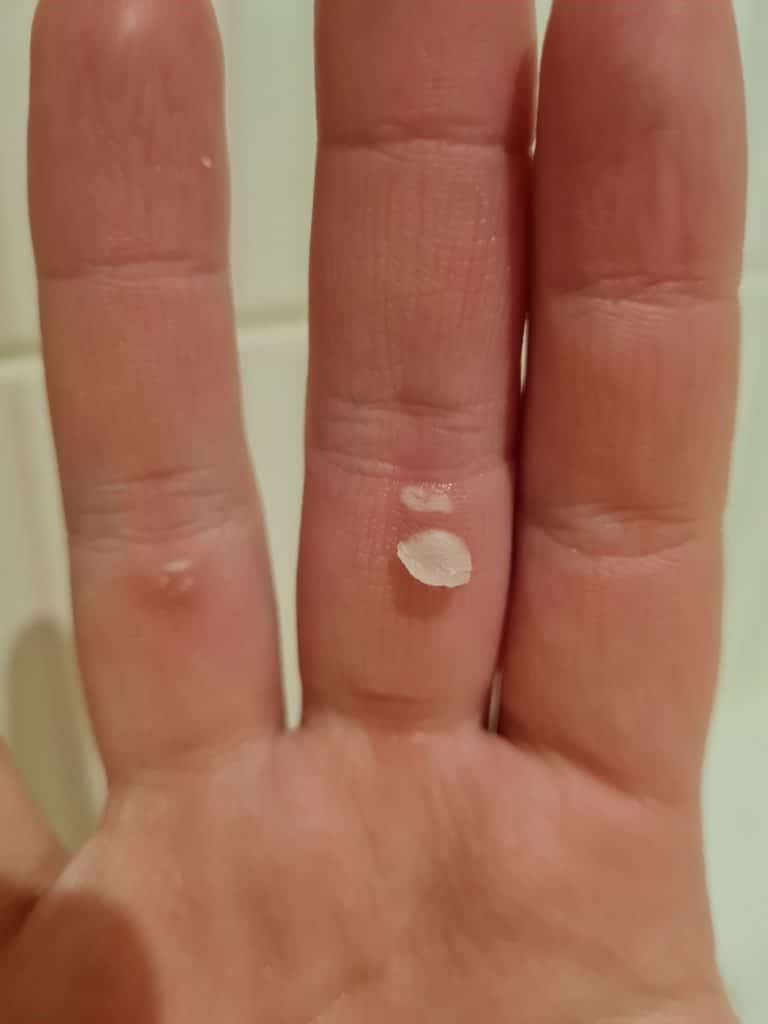
The PLAN!

If you feel a little confused looking at the picture above, not to worry! It took me a little while to get my head around the different terms used in flat water training. Essentially each week you cover four different water training sessions which each focus on one specific thing. These sessions gradually get ramped up in terms of difficulty and length. Then you compliment these sessions with some off the water cardio (running) and strength & conditioning. I’ll go through the four water based sessions now.
- Core Aerobic Pace (CAP). This session is all about increasing your aerobic capacity. Our bodies release energy through respiring aerobically (with oxygen) and anaerobically (without oxygen). Essentially the fitter you are, the greater your capacity for respiring aerobically (which is better for you). A CAP session is where you paddle with a reasonable amount of effort (enough to feel out of breath) for a short period of time. You can then have a minutes rest and then repeat. For example, at the start in ramp 1, my CAP sessions consisted of 5 minutes paddling with 1 minute of rest which was repeated 6 times.
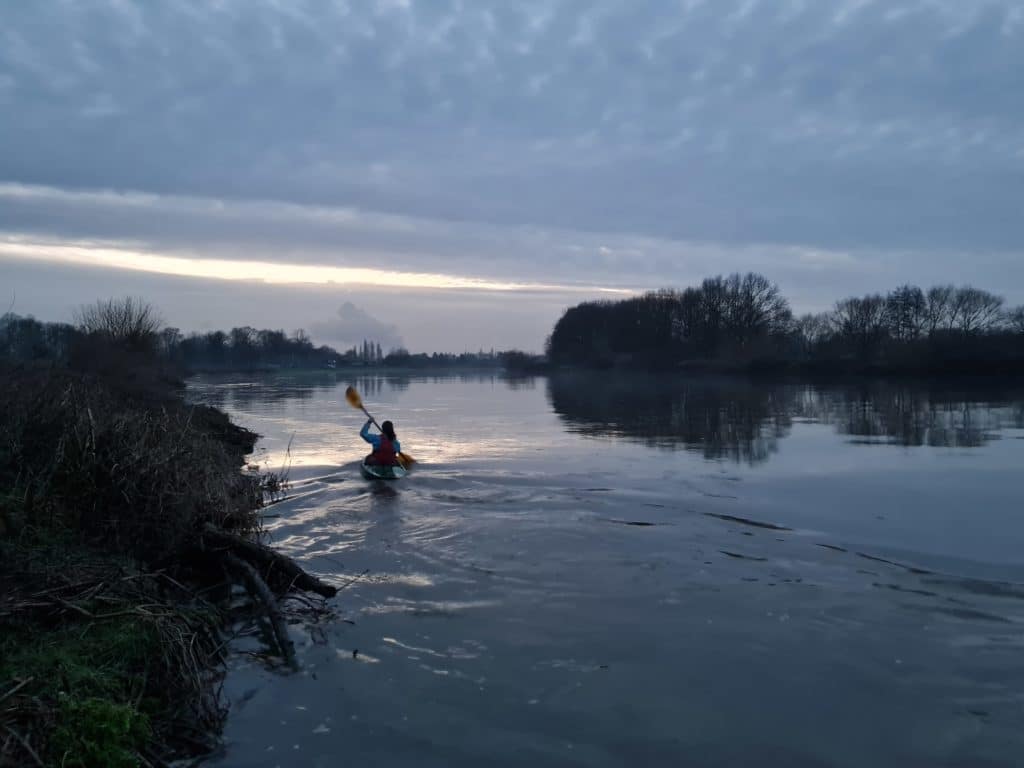
2. Threshold (THR). This is the hardest of the sessions and is focused on improving lactate threshold. When we respire anaerobically, our bodies form lactic acid. Lactic acid is what gives us cramps and makes us feel like giving up! THR sessions focus on short sharp bursts of paddling where you paddle with about 80% of the effort that you would for a flat out sprint. Basically you get sweaty. In ramp 1 this consisted of just 3 minutes of paddling with a 1 minute break which was repeated 5 times. Both CAP and THR sessions are about improving paddle fitness and endurance.
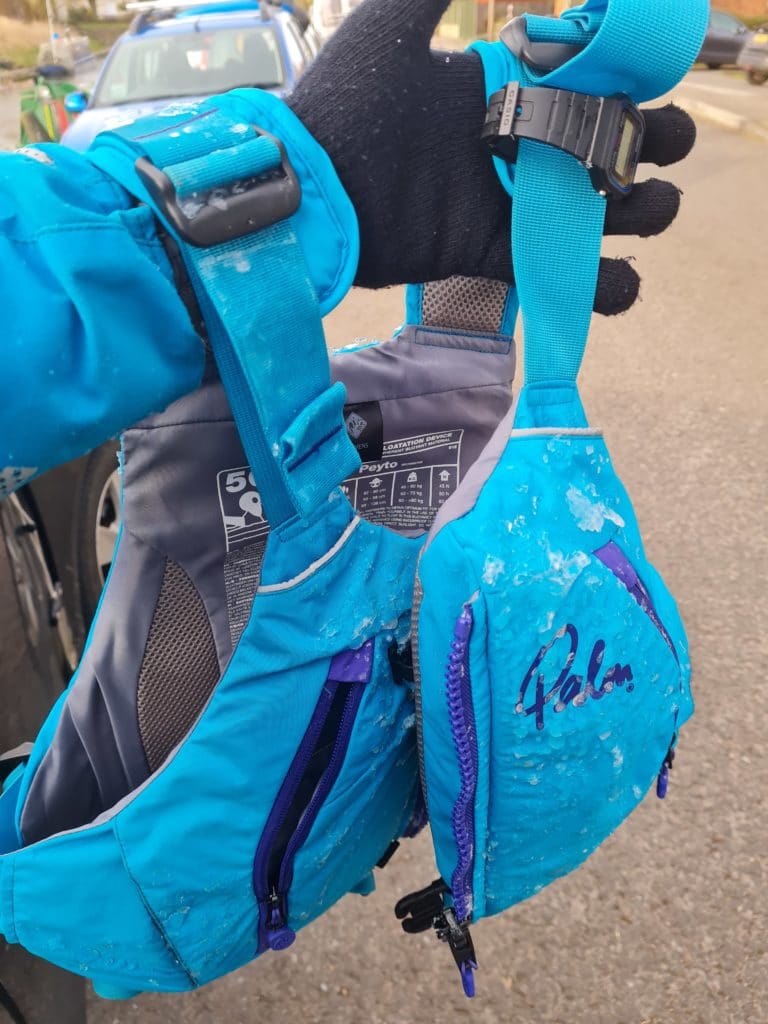
3. Technique. This session was a longer more relaxed paddle where I could focus on technique. Paddlers lose so much energy by being inefficient in their paddling technique. If I could make my technique even 10% more efficient then this would make a noticeable impact over 24 hours. Engaging as much of your body as you can rather than just your pulling arm is the key to this! One thing I tried to focus on in particular was to push with my top arm rather than just pulling with my bottom arm. This alongside an increased focus on rotation has really helped and reduced ‘tired arms’.

4. Distance. One of my mottos in kayaking has always been ‘it is not about the miles but the smiles’. Well that had to change as this session was all about the miles! When I asked the best marathon kayaker I knew how to train for this, his response was ‘do kayaking – do lots of it’. I started off with 15km. It took 2.5 hours and I didn’t think I was going to make it to the end but I did. I built that up over two months to 30km, then 45km and finally 60km. Every Saturday of 2021, no matter the weather conditions, has been spent building up those miles. This has really helped my endurance and also my hands.
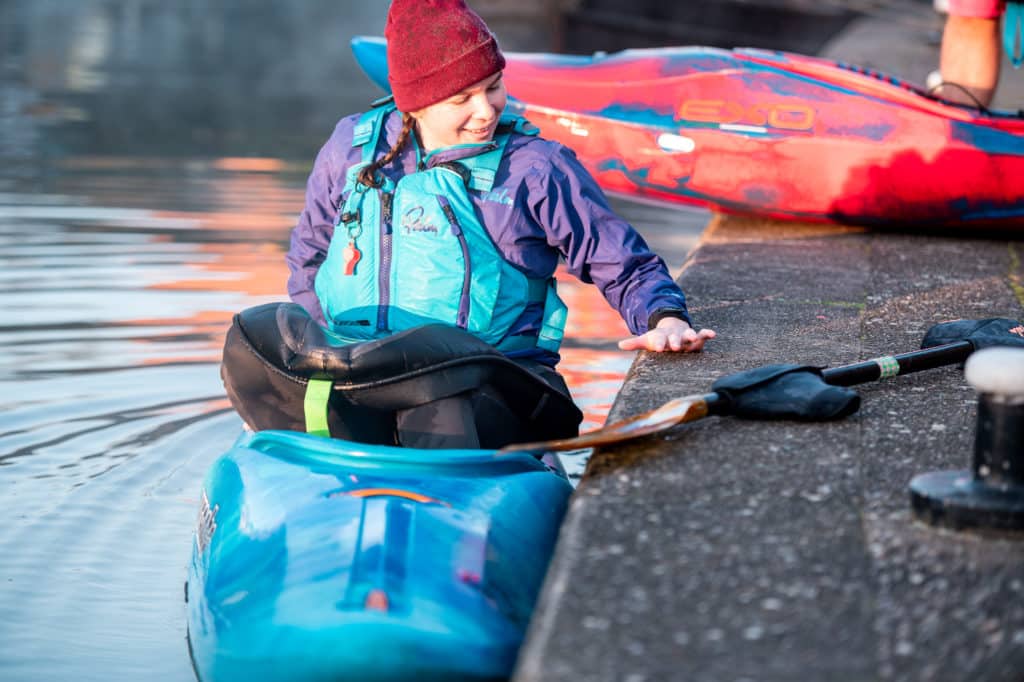
Advice that helped to form the plan
With three months to get ready for this, I needed a training plan which could help me to improve quickly but also fit in around having a full time job. Luckily the internet is full of people who like marathon kayaking and specifically train for marathon races whilst working full time. One particular article detailing a training plan for the DW marathon race was useful as it helped me to understand the different training sessions you can do to build up endurance and fitness. Another more general flat water training article by Nick Bennett was also really helpful to read.
These two articles were of course complimentary to the wealth of knowledge that was shared with me by a range of people across the kayaking community. Every time I have reached out for advice, I was amazed at how many helpful responses I would get so thank you to everyone who helped. Despite a pandemic, I have felt so supported with my training.
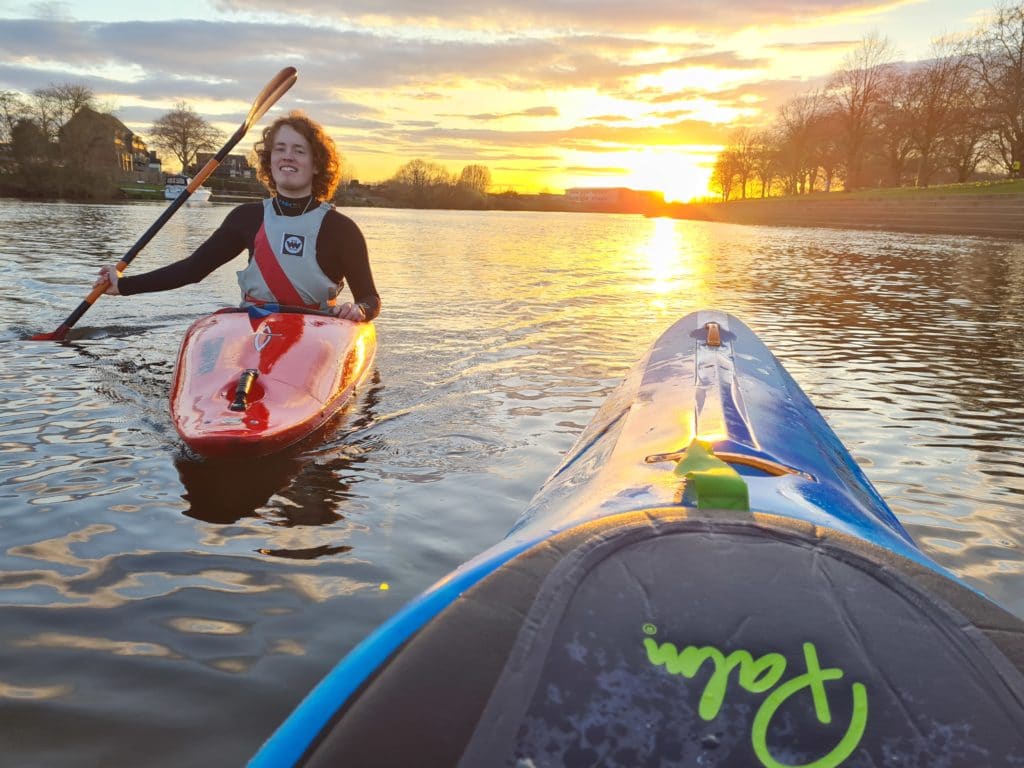
Fingers crossed it works!
Thanks to sticking to the plan as best that I could, I am now in a position where I have never felt stronger or more paddle fit before. I am excited to take on our 24 hour paddling challenge next week and hopefully reach out target for fundraising for Mind! If you would like to donate you can find our fundraising page here and if you would like to follow our progress you can find our events page here. I’ll also let you know how it goes in my next blog!

2 replies on “How to train for 24 hours of paddling”
[…] If you want to read more about the training put into this challenge, you can read my blog about it here. In summary, I paddled about 1000km in preparation for the […]
[…] my Trent challenge, I spent 3 months training intensely for it. I had been extremely paddle fit and as such, found it […]